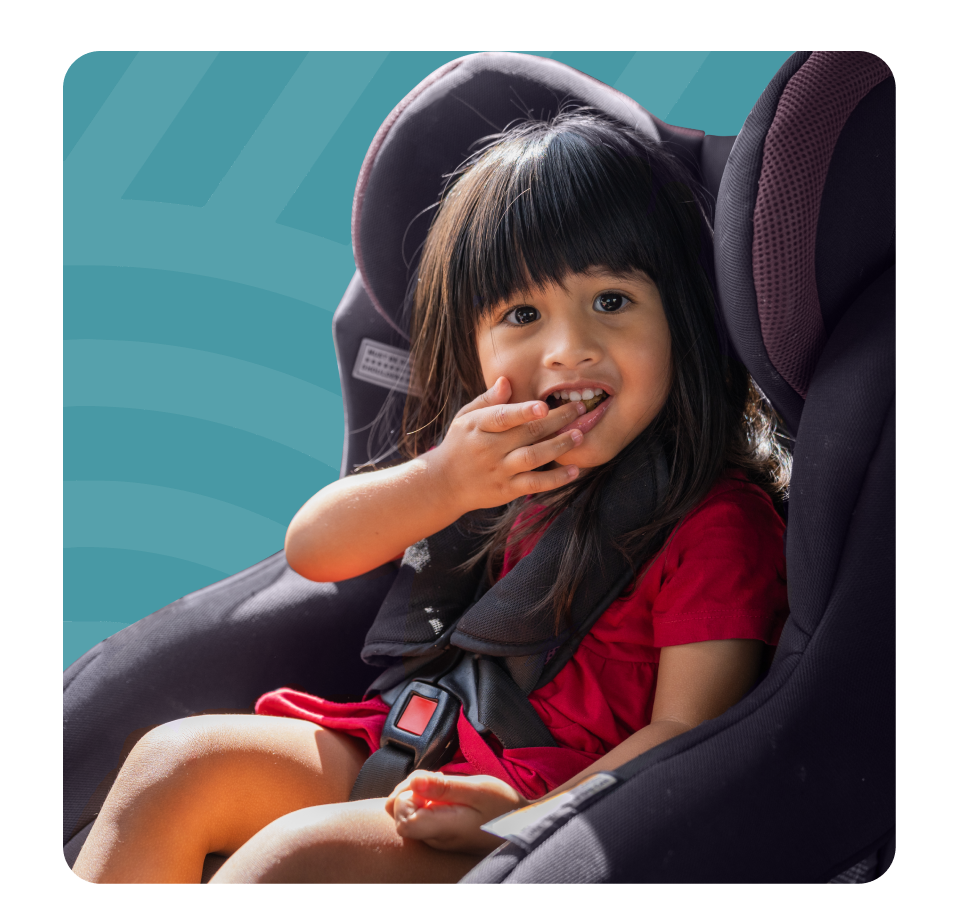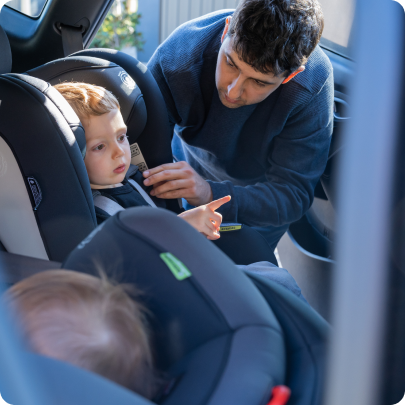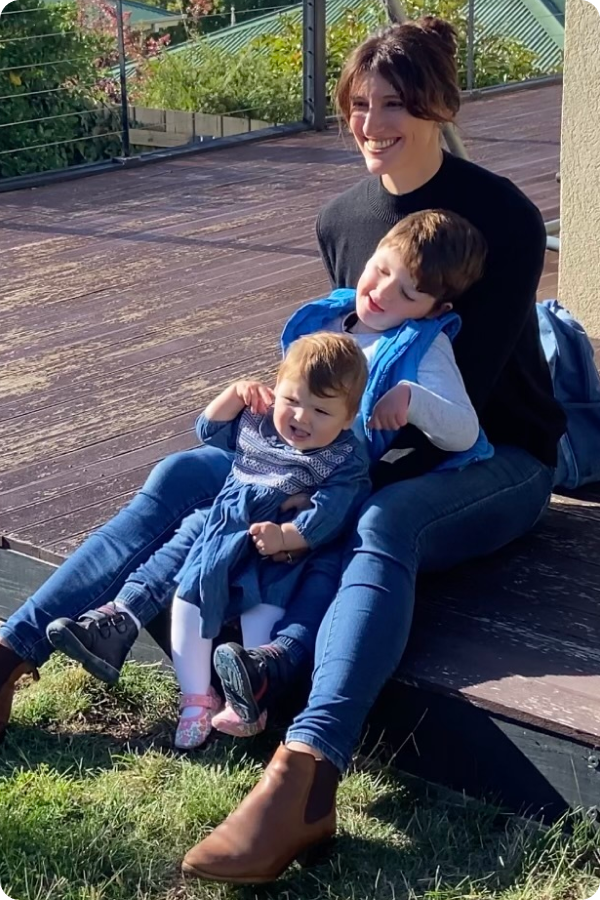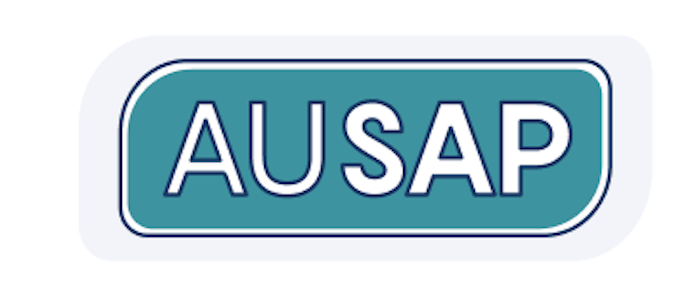AS/NZS 1754
Information about Australia and New Zealand’s child restraint standard

Overview
Title: AS/NZS 1754 Child restraint systems for use in motor vehicles
Current version: 2024
Objective: To provide minimum design, construction and performance requirements for child restraint systems in order to provide a high level of protection for children travelling in motor vehicles.
Scope: Passenger cars and other motor vehicles; accessories supplied with the restraint or included in the instruction manual; variations for child restraints used by children with disabilities.
Review: MACA was represented on the Standards Australia Child Restraint Committee and participated in the recent review of this standard. This included participating in the working group to develop a new section to allow for variations to Australian standard car seats, to cater for the needs of children with disabilities and medical conditions.
Purchase: You can purchase this Standard here.

About the standard
In Australia there is widespread consumer confidence with Australian Standard car seats, with AS/NZS 1754 first published in 1973. It was the first standard to introduce side impact testing, this is why we see big side wings on Australian standard car seats.
In an historical development, the latest version (AS/NZS 1754:2024) includes a new section to allow manufacturers to develop variations for child restraints for children with disabilities and medical conditions (see below).

Consumer protection
Since 1978 this standard has been mandated through a consumer protection notice administered by the Australian Competition and Consumer Commission (ACCC).
This means that product suppliers can only sell, or offer for sale, child restraint systems that meet the Australian standard. However, specialty vehicle restraint systems complying with overseas standards and regulations can be sold in Australia because the consumer protection notice does not mandate any clauses from AS/NZS 1754 relating to child restraints designed for children with disabilities and medical conditions.
MACA works closely with industry through its AuSAP program to independently assess (including crash testing) specialty vehicle restraint systems for both children and adults. Visit our national product register for a list of AuSAP assessed special purpose car seats.
New changes to allow for variations to child restraint systems for children with disability
There are several variations provided for in the revised AS/NZS 1754:2024, including variations to the child restraint system to prevent:
- the child from releasing the child restraint buckle
- the child restraint harness being slackened
- the child restraint built-in harness shoulder straps being taken off the child’s shoulders
- the sash belt being pulled out of the seatbelt retractor when a child is using a booster seat
- the lap belt from being slackened when a child is using a booster seat
- the seatbelt buckle from being released when a child is using a booster seat.
There are also variations provided for the addition of:
- torso strap(s) to provide postural support
- a vest for postural support
- a footrest to provide postural support
- a removable support for a child with respiratory conditions.
The standard allows the variations to be provided by the manufacturer as either part of the child restraint, or as a separate kit. The instructions for installing, fitting and using the variation specifically for a child with disability can be provided in the child restraint instruction manual, or on a separate sheet.
Whilst this is a significant first step for children with disabilities and their families, it is unknown if manufacturers will develop these product variations due to Australia and New Zealand’s small market size.

Key changes
In addition to the new section to cover variations to child restraints for specific disabilities, there are several other changes in this standard, including:
- New requirements to allow the use of cross-chest devices on child restraints with built-in harnesses.
- New geometry requirements and recommendations to improve occupant fitment, including for new-born babies (Type A child restraints).
- A change to shoulder height markers increasing the approximate age of children transitioning from rearward to forward facing, from six months to approximately 12 months. The actual age of the child when they transition from rearward to forward will vary depending on their growth.
- Suppliers no longer required to provide a top tether anchorage kit, as many vehicles today have the top tether anchorage components in-built.
- New informative material requirements to allow the use of videos and links to smartphones or tablets, and inclusion of quick reference guides for installation instructions.
- Introduction of a new booster seat type (E10), suitable for children approximately 4 to 10 years of age.
- Lap-belt positioning devices (previously known as anti-sub clips) now mandatory on booster seats.




